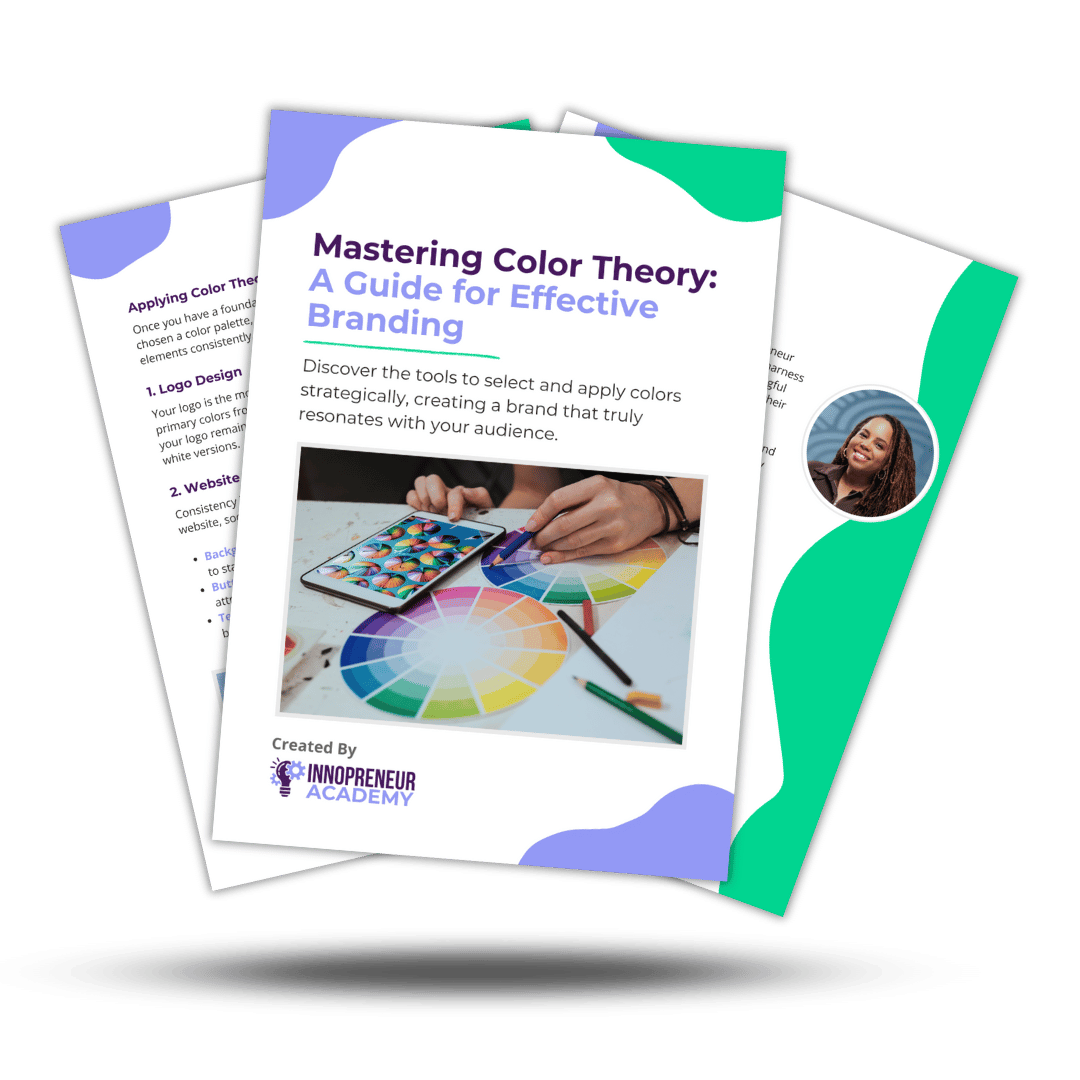
7 Proven Scoping Strategies for New Entrepreneurs
May 20, 2025Introduction: Struggling to Find Focus in Your Startup Journey?
Starting a business is exciting — full of passion, ideas, and potential. But let’s be real: without a clear scope, even the best ideas get lost in the chaos. If you're like most new business owners, you're probably juggling multiple ideas, trying to serve everyone, and struggling to define what your business actually does.
At Innopreneur Academy, we help startups bring structure to their creativity using design thinking. This blog post unpacks 7 proven scoping strategies to help you build a business that’s clear, focused, and aligned with your mission. These aren’t fluffy tips — these are practical tools to help you stop guessing and start growing.
Ready to define your lane and build with clarity? Let’s go!
1. Begin with the Problem, Not the Product
It’s tempting to fall in love with your idea — but the first step in smart scoping is to fall in love with the problem you're solving.
Ask yourself:
-
Who is struggling with this issue?
-
What are they currently doing to solve it?
-
Why is it not working?
Design Thinking Tip: Interview 3–5 people in your target audience. Capture their language, frustration points, and "wish list" solutions.
Avoid This Mistake:
Jumping straight into product features before validating the problem. Start with empathy, not execution.
2. Narrow Your Audience to Expand Your Impact
Trying to help everyone helps no one. Scoping your ideal customer allows you to create more focused messaging, better offers, and stronger connections.
Create a Customer Persona by identifying:
-
Age, background, lifestyle
-
Goals and values
-
Biggest struggles related to your solution
This focus makes your startup more efficient and your marketing more effective.
Pro Tip: Use your persona to filter all decisions. If it doesn’t serve them — it doesn’t serve your business.

3. Define a Clear Problem Statement
Here’s where scoping starts to feel real. A solid problem statement is your north star — it keeps your business grounded.
Example Template:
“[Target Audience] struggles with [specific problem] because [why existing solutions fail]. We solve this by [your unique approach].”
Real Example:
“New business owners struggle to define their brand because they lack design thinking tools. We solve this with guided frameworks and real-world examples through our Brand Identity Playbook.”
Once this is defined, your mission, messaging, and products align more easily.
4. Set Scoping Boundaries with "What We Don’t Do"
It’s just as important to define what you won’t do. Scope creep kills momentum, confuses customers, and drains your time.
Create a “Not In Scope” list:
-
Services you don't offer (yet)
-
Types of clients you don’t serve
-
Markets you’re not ready for
This simple boundary keeps you focused. Your team, partners, and even YOU will thank you.
Design Thinking Note: Think of it like prototyping — start small, test what works, and expand only when the core is proven.
5. Use MVP Thinking to Validate Quickly
Your startup doesn’t need a perfect product. It needs a Minimum Viable Product (MVP) — something lean that gets real feedback fast.
Examples of MVPs:
-
Landing page with email opt-in
-
One-hour workshop version of a full course
-
Canva mockup of your product concept
This strategy reduces risk, builds confidence, and gives you data to shape your scope intelligently.

👉 GET THE BRAND IDENTITY PLAYBOOK NOW
Want to define your brand scope with even more clarity?
Download the Brand Identity Playbook — your ultimate guide to turning your messy startup vision into a polished, aligned brand using design thinking.
GET THE BRAND IDENTITY PLAYBOOK NOW
6. Prioritize by Impact vs. Effort
Every idea sounds good until you try to do them all at once. This scoping technique helps new business owners focus on what matters most.
Use an Impact vs. Effort Matrix:
-
Quick Wins (High impact, low effort) → DO NOW
-
Major Projects (High impact, high effort) → PLAN
-
Low Value Tasks (Low impact, high effort) → DEFER
-
Distractions (Low impact, low effort) → AVOID
This one matrix can eliminate weeks of confusion and give you crystal-clear direction.
7. Scope Around a Single Promise
Every successful business is built on a simple, powerful promise.
“We help [audience] achieve [specific transformation] through [your method].”
This promise becomes the foundation for:
-
Your brand message
-
Your offers
-
Your customer experience
Example:
“We help new business owners build clear, confident brands using design thinking.”
Clarity sells. Complexity stalls. Your scope should reflect the one promise you’re ready to deliver with excellence.
Bonus Tips for Smarter Scoping
-
✅ Validate assumptions early — don’t build in a bubble.
-
✅ Use sticky notes or whiteboards to map ideas physically.
-
✅ Document every step in a business journal or Google Doc.
-
✅ Review your scope monthly — scoping is not one-and-done.
-
❌ Don’t skip audience research — it’s your business GPS.
-
❌ Avoid trying to solve multiple unrelated problems at once.
Conclusion: The Power of Smart Scoping
When you're launching a startup, everything feels urgent — branding, offers, marketing, and sales. But without a clear scope, you’re just spinning plates.
By applying these 7 proven scoping strategies, you move from scattered to strategic. You gain the confidence to say YES to the right things — and NO to the distractions. That’s the difference between burnout and business clarity.
At Innopreneur Academy, we specialize in helping new business owners harness the power of design thinking to align their mission, vision, and brand. Scoping is the foundation, and we’re here to help you lay it right.
👉 GET THE BRAND IDENTITY PLAYBOOK NOW
Don’t leave your business vision to chance.
Get the Brand Identity Playbook and learn how to shape your scope, strategy, and style with expert-backed frameworks.
GET THE BRAND IDENTITY PLAYBOOK NOW




